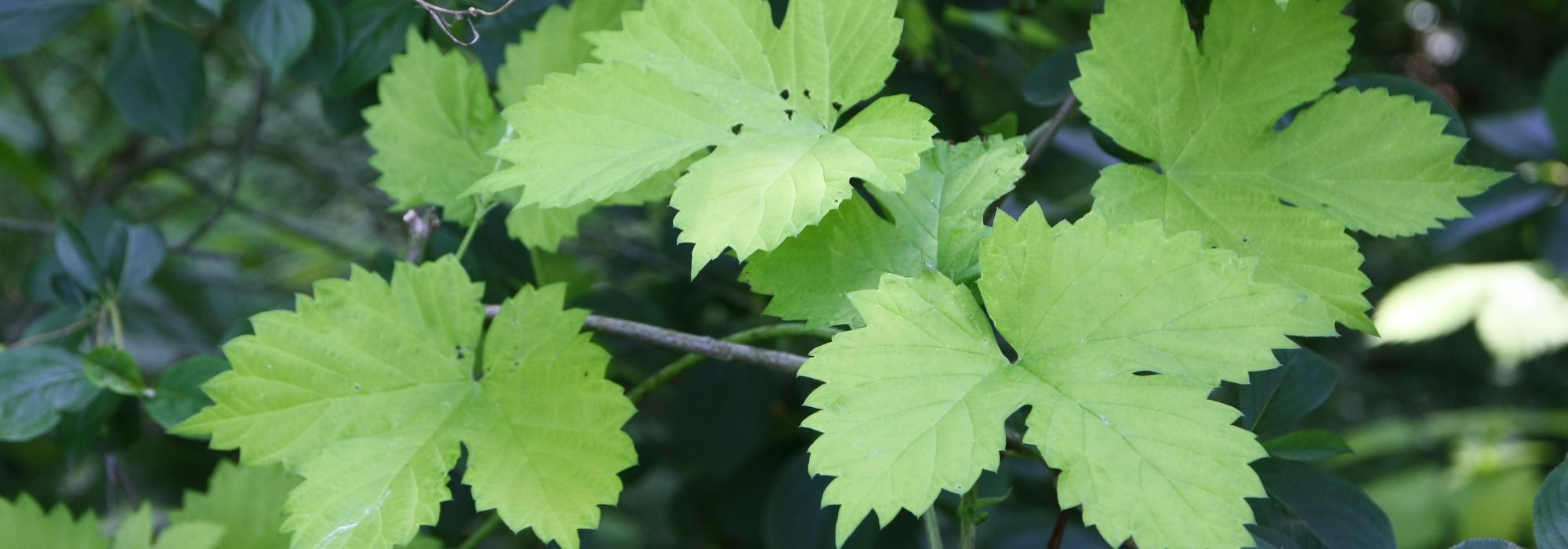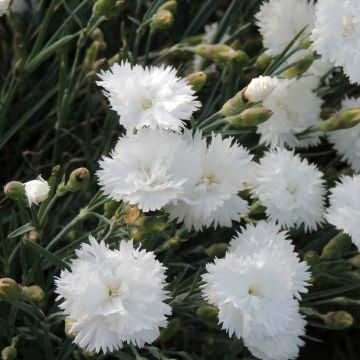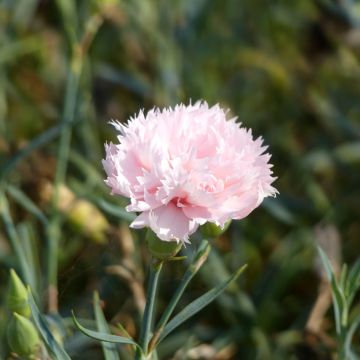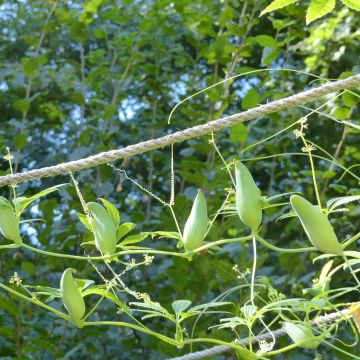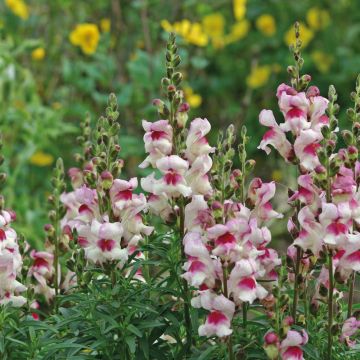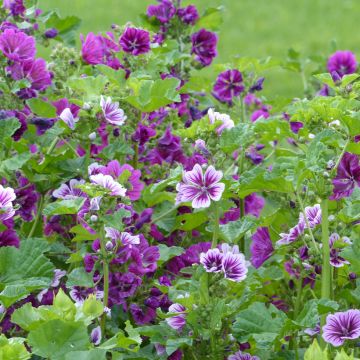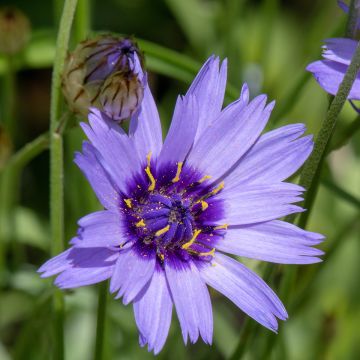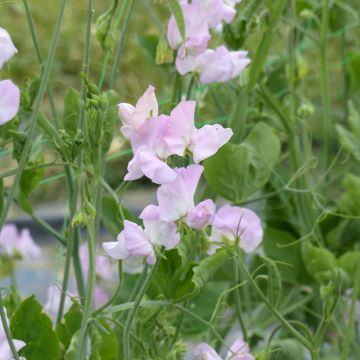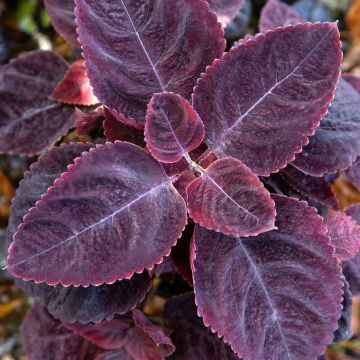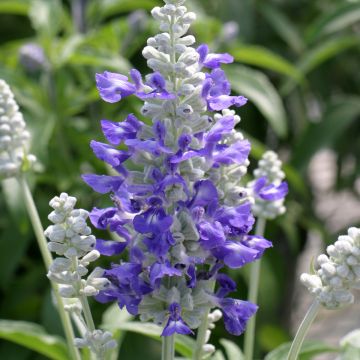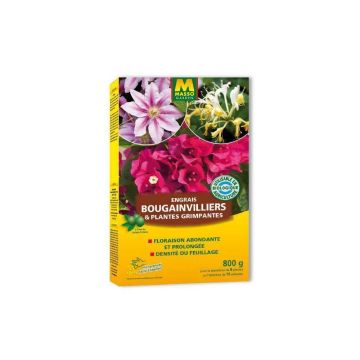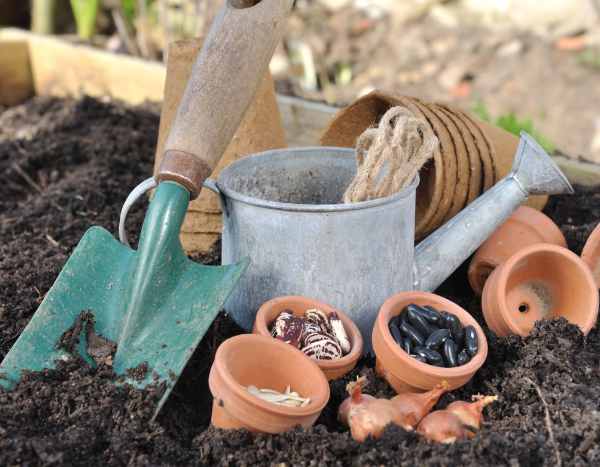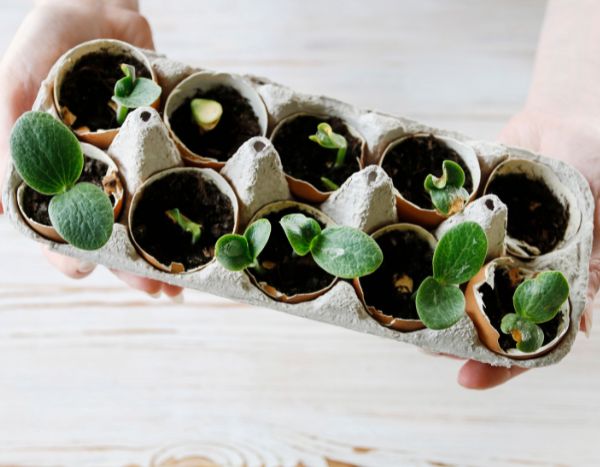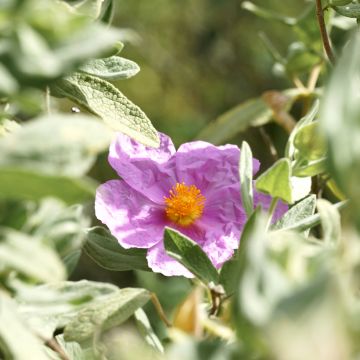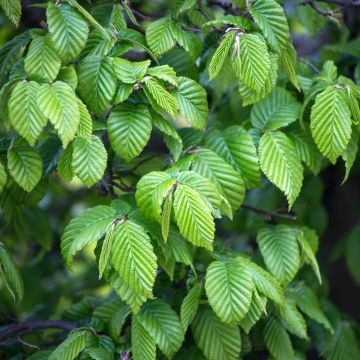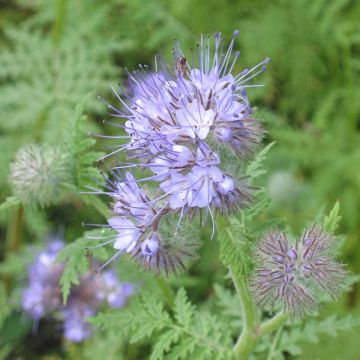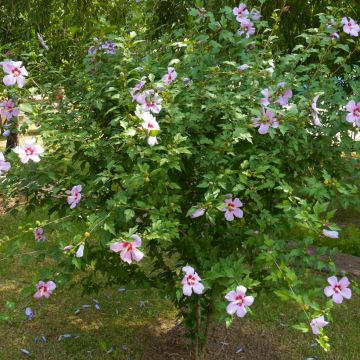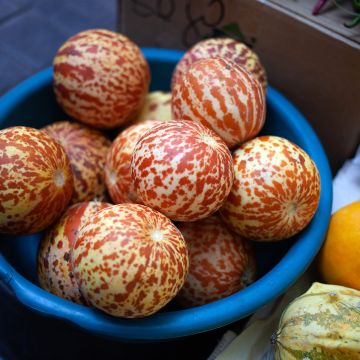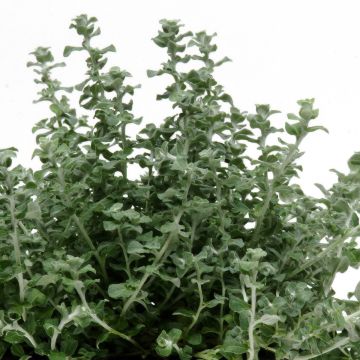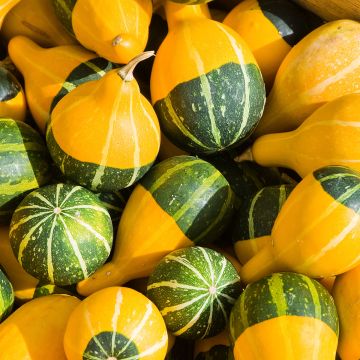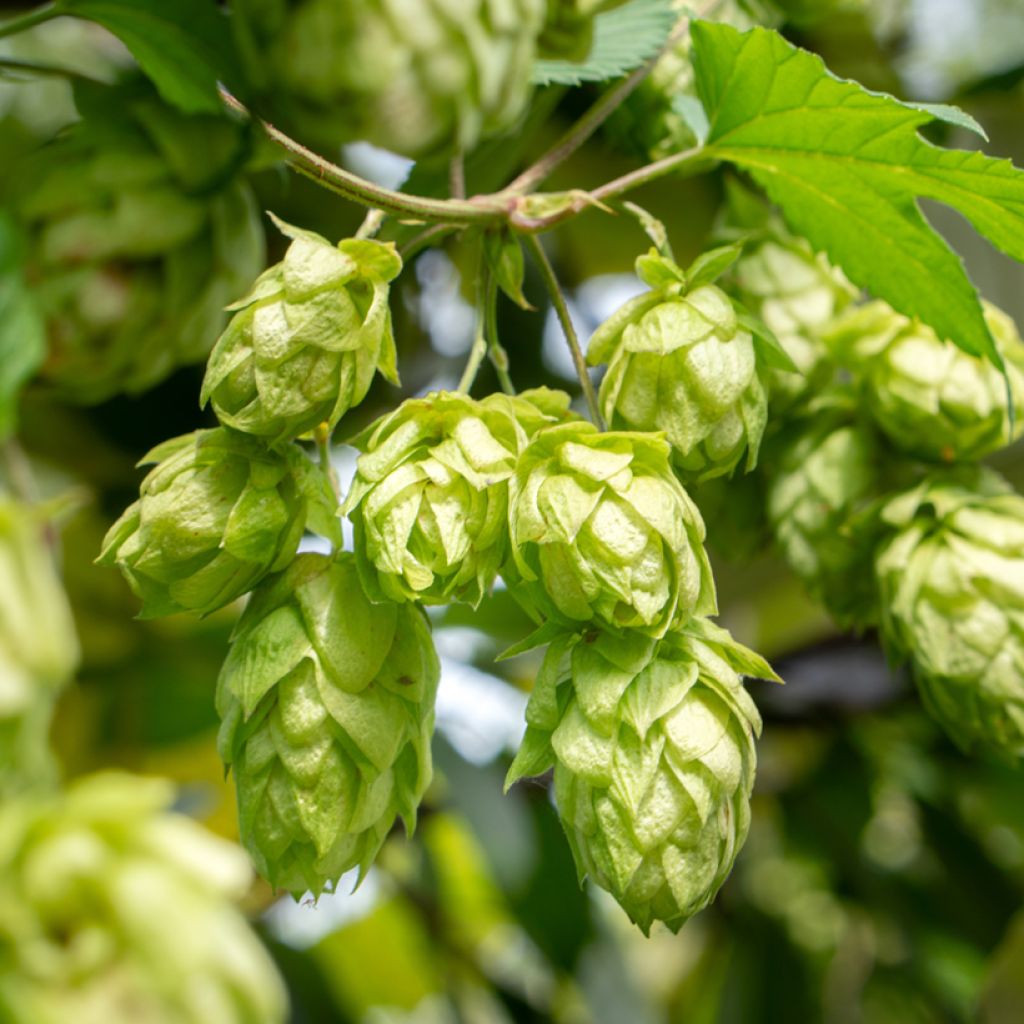

Humulus lupulus seeds - Hop
Humulus lupulus seeds - Hop
Humulus lupulus
Common Hop, Hop
Special offer!
Receive a €20 voucher for any order over €90 (excluding delivery costs, credit notes, and plastic-free options)!
1- Add your favorite plants to your cart.
2- Once you have reached €90, confirm your order (you can even choose the delivery date!).
3- As soon as your order is shipped, you will receive an email containing your voucher code, valid for 3 months (90 days).
Your voucher is unique and can only be used once, for any order with a minimum value of €20, excluding delivery costs.
Can be combined with other current offers, non-divisible and non-refundable.
Home or relay delivery (depending on size and destination)
Schedule delivery date,
and select date in basket
This plant carries a 6 months recovery warranty
More information
We guarantee the quality of our plants for a full growing cycle, and will replace at our expense any plant that fails to recover under normal climatic and planting conditions.
Would this plant suit my garden?
Set up your Plantfit profile →
Description
Sowing hop seeds, or Humulus lupulus, allows you to grow several young plants of this large perennial climber with dense and ornamental foliage. With rapid growth, it can reach over 10 metres in a single season, quickly covering a support such as a pergola, fence, or tree. A dioecious plant, the female plants produce golden hops traditionally used for flavouring beer. Grown from seeds, hops require a bit of patience, but they then develop lush and vigorous vegetation, ideal for adding a rustic touch to the garden.
Native to temperate regions of the northern hemisphere, hops belong to the Cannabaceae family. They are also known as Couleuvrée, Vigne du Nord, or Perennial Hop. They grow naturally in rich, moist soils, by riversides or in clearings. Their rough, twining herbaceous stems emerge each spring and quickly twine around their support. Their lobed, bright, light green leaves can measure up to 15 cm wide. They are beautifully divided into 3 to 5 ovate, pointed, and crinkled lobes. The male or female inflorescences, found on separate plants, appear in summer, from June to August depending on the climate. The female flowers are globular, while the male flowers form wide panicles. It is the female flowers that, after pollination by a male plant, develop into fruits called hops. These ovate cones have a scaly appearance, turn golden when ripe, and are covered in a fragrant, powdery resin called lupulin. They are typically harvested in September. All above-ground vegetation dies back in autumn, leaving the perennial crown dormant until the following spring.
A spectacular climbing plant, hops pair well with climbing roses, blue-flowered clematis such as 'Blue Angel', or summer-flowering bushes. They are ideal for covering a wall or fence, climbing a pergola, or adding volume to a rustic flower bed. Planted behind a hydrangea or paired with an Akebia, they are highly versatile in all partial shade areas. Growing from seed offers an economical alternative for quickly dressing up the garden. The flowers, picked in September, make beautiful dried arrangements.
The female inflorescences, the cones, have been used to flavour beer since the 8th century. Previously, hops were only used to preserve beer. Nowadays (despite modern preservation technologies), this tradition remains for the slight bitterness and flavour that hops impart. In the past, dried cones were stuffed into pillows to aid sleep.
Flowering
Foliage
Plant habit
Botanical data
Humulus
lupulus
Cannabaceae
Common Hop, Hop
Western Europe, Central Europe, North America
Other Flower seeds A to Z
View all →Planting and care
Hop seeds require a period of cold stratification to break their dormancy. They should be placed in a slightly moist substrate, such as a mixture of sand and turf, or between dampened sheets of absorbent paper. This mixture is then stored in an airtight plastic bag in the refrigerator at around 4°C for 4 to 6 weeks.
After this cold period, sow between November and March in a fine, moist compost. The seeds should be sown on the surface and covered with a thin layer of compost, approximately 2 to 3 millimetres thick. The substrate should remain moist but without excess water. Germination is irregular and can take anywhere from two weeks to two months, depending on growing conditions.
Once the young plants have developed, they should be transplanted into individual pots when they have four true leaves. After six to eight weeks, they can be planted out in the ground, ensuring a spacing of at least one metre between each young plant to allow for proper growth.
Sowing period
Intended location
Planting & care advice
This item has not been reviewed yet - be the first to leave a review about it.
Similar products
Haven't found what you were looking for?
Hardiness is the lowest winter temperature a plant can endure without suffering serious damage or even dying. However, hardiness is affected by location (a sheltered area, such as a patio), protection (winter cover) and soil type (hardiness is improved by well-drained soil).

Photo Sharing Terms & Conditions
In order to encourage gardeners to interact and share their experiences, Promesse de fleurs offers various media enabling content to be uploaded onto its Site - in particular via the ‘Photo sharing’ module.
The User agrees to refrain from:
- Posting any content that is illegal, prejudicial, insulting, racist, inciteful to hatred, revisionist, contrary to public decency, that infringes on privacy or on the privacy rights of third parties, in particular the publicity rights of persons and goods, intellectual property rights, or the right to privacy.
- Submitting content on behalf of a third party;
- Impersonate the identity of a third party and/or publish any personal information about a third party;
In general, the User undertakes to refrain from any unethical behaviour.
All Content (in particular text, comments, files, images, photos, videos, creative works, etc.), which may be subject to property or intellectual property rights, image or other private rights, shall remain the property of the User, subject to the limited rights granted by the terms of the licence granted by Promesse de fleurs as stated below. Users are at liberty to publish or not to publish such Content on the Site, notably via the ‘Photo Sharing’ facility, and accept that this Content shall be made public and freely accessible, notably on the Internet.
Users further acknowledge, undertake to have ,and guarantee that they hold all necessary rights and permissions to publish such material on the Site, in particular with regard to the legislation in force pertaining to any privacy, property, intellectual property, image, or contractual rights, or rights of any other nature. By publishing such Content on the Site, Users acknowledge accepting full liability as publishers of the Content within the meaning of the law, and grant Promesse de fleurs, free of charge, an inclusive, worldwide licence for the said Content for the entire duration of its publication, including all reproduction, representation, up/downloading, displaying, performing, transmission, and storage rights.
Users also grant permission for their name to be linked to the Content and accept that this link may not always be made available.
By engaging in posting material, Users consent to their Content becoming automatically accessible on the Internet, in particular on other sites and/or blogs and/or web pages of the Promesse de fleurs site, including in particular social pages and the Promesse de fleurs catalogue.
Users may secure the removal of entrusted content free of charge by issuing a simple request via our contact form.
The flowering period indicated on our website applies to countries and regions located in USDA zone 8 (France, the United Kingdom, Ireland, the Netherlands, etc.)
It will vary according to where you live:
- In zones 9 to 10 (Italy, Spain, Greece, etc.), flowering will occur about 2 to 4 weeks earlier.
- In zones 6 to 7 (Germany, Poland, Slovenia, and lower mountainous regions), flowering will be delayed by 2 to 3 weeks.
- In zone 5 (Central Europe, Scandinavia), blooming will be delayed by 3 to 5 weeks.
In temperate climates, pruning of spring-flowering shrubs (forsythia, spireas, etc.) should be done just after flowering.
Pruning of summer-flowering shrubs (Indian Lilac, Perovskia, etc.) can be done in winter or spring.
In cold regions as well as with frost-sensitive plants, avoid pruning too early when severe frosts may still occur.
The planting period indicated on our website applies to countries and regions located in USDA zone 8 (France, United Kingdom, Ireland, Netherlands).
It will vary according to where you live:
- In Mediterranean zones (Marseille, Madrid, Milan, etc.), autumn and winter are the best planting periods.
- In continental zones (Strasbourg, Munich, Vienna, etc.), delay planting by 2 to 3 weeks in spring and bring it forward by 2 to 4 weeks in autumn.
- In mountainous regions (the Alps, Pyrenees, Carpathians, etc.), it is best to plant in late spring (May-June) or late summer (August-September).
The harvesting period indicated on our website applies to countries and regions in USDA zone 8 (France, England, Ireland, the Netherlands).
In colder areas (Scandinavia, Poland, Austria...) fruit and vegetable harvests are likely to be delayed by 3-4 weeks.
In warmer areas (Italy, Spain, Greece, etc.), harvesting will probably take place earlier, depending on weather conditions.
The sowing periods indicated on our website apply to countries and regions within USDA Zone 8 (France, UK, Ireland, Netherlands).
In colder areas (Scandinavia, Poland, Austria...), delay any outdoor sowing by 3-4 weeks, or sow under glass.
In warmer climes (Italy, Spain, Greece, etc.), bring outdoor sowing forward by a few weeks.






























